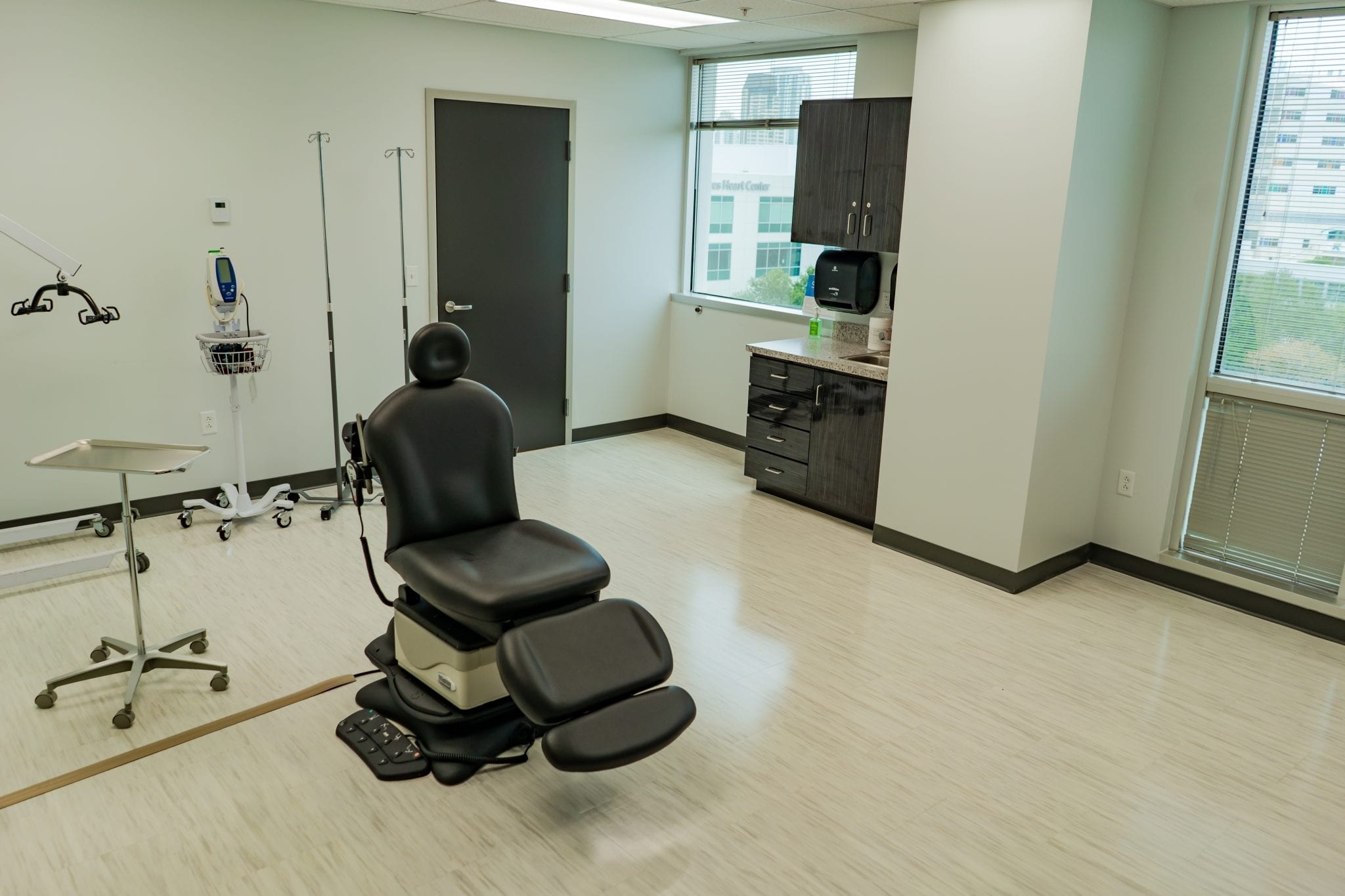Regenerative Medicine For Multiple Sclerosis Things To Know Before You Buy
Table of ContentsThe Ultimate Guide To Regenerative Medicine For Multiple SclerosisThe Single Strategy To Use For Regenerative Medicine For Multiple SclerosisLittle Known Facts About Regenerative Medicine For Multiple Sclerosis.Regenerative Medicine For Multiple Sclerosis for DummiesThe Main Principles Of Regenerative Medicine For Multiple Sclerosis The Greatest Guide To Regenerative Medicine For Multiple SclerosisThe Basic Principles Of Regenerative Medicine For Multiple Sclerosis
The mesenchymal stem cells hair transplanted during stem cell treatment can divide and grow to develop new cells that can replace the damaged cells of the nervous tissue. This could bring back neurological features in people with this condition. These advantages of stem cell treatment are further sustained by the capacity of MSCs to promote recovery.Individuals with multiple sclerosis are normally treated with mesenchymal stem cells. These are multipotent stem cells that have the ability to set apart and mature to develop a wide variety of cell enters the body. Once hair transplanted, these stem cells can create to form healthy and balanced afferent neuron therefore supporting the regeneration of the broken cells of the nerves.
Once hair transplanted, the stem cells move to areas of inflammation or damages within the central anxious system (CNS). They are naturally drawn in to the sites of injury where the body immune system is attacking the myelin sheath, the protective treatment of nerve fibers. The stem cells work by promoting the repair and regeneration of damaged myelin, possibly restoring function to influenced afferent neuron.
Regenerative Medicine For Multiple Sclerosis Things To Know Before You Get This
Stem Cell Research on MS The National Numerous Sclerosis Society, along with various other companies, is actively moneying and supporting research right into mesenchymal stem cell treatment for several sclerosis to discover their possible and boost treatment procedures. The goal is to create more secure and a lot more efficient methods to utilize stem cells in treating MS.
Things about Regenerative Medicine For Multiple Sclerosis
Here are reviews from testimonials of the Swiss Medica clinic. The client traveled from Romania seeking treatment for MS after listening to positive feedback regarding stem cell treatment for the condition.
Obtain a complimentary online appointment to discover exactly how stem cells will certainly function for your case, and what are the duration and expense of the therapy. Uccelli, A., Laroni, A., Brundin, L., Clanet, M., Fernandez, O., Nabavi, S. M. Regenerative Medicine for Multiple Sclerosis., Muraro, P. A., Oliveri, R. S., Radue, E. W., Sellner, J., Soelberg Sorensen, P., Sormani, M. P., Wuerfel, J. T., Battaglia, M
Stem cells are cells in the body that can mature into specialized right into that serve a specific functionDetails There are 2 major kinds of stem cells: beginning stem cells and grown-up stem cells.
are found in some grown-up tissues and organs consisting of the bone marrow, skin, blood, and mind. Grown-up stem cells are not as adaptable as embryonic stem cells and are consequently a lot more minimal in terms of the kinds of cells they grow into. The one-of-a-kind buildings of stem cells supply guarantee for new treatments that can slow/halt MS illness activity and repair tissue damages in the main nervous system.
The Ultimate Guide To Regenerative Medicine For Multiple Sclerosis
70121-1/asset/f570ad75-f59b-4dc7-9a64-fc099c733560/main.assets/gr1_lrg.jpg)
The procedure includes collecting stem cells from an individual's own (autologous) bone marrow. The individual is then treated with radiation treatment to deplete the body immune system and stem cells are reintroduced into the body where they develop into brand-new, healthy immune cells - Regenerative Medicine for Multiple Sclerosis. Stem cells can be injected right into the body in various methods

In 2000, the MS Culture of Canada and MS Scientific Research study Structure funded a professional trial entailing HSC transplants, led by click for more Drs. Mark Freedman and Harry Atkins from the Ottawa Healthcare Facility Research Institute/University of Ottawa. The aHSC therapy readily available in Canada is a therapy that makes use of high-dose chemotherapy, additionally called conditioning.

Little Known Questions About Regenerative Medicine For Multiple Sclerosis.
Neural stem cells (NSC) are discovered in the mind and can mature right into different kinds of mind cells including nerve cells, oligodendrocytes, and astrocytes. NSCs may offer to fix or secure the brain and modulate the body immune system. Early clinical tests in non-human primates showed that treatment with NSCs profited the progression of MS-like condition in animal designs.
The results from these security researches declare for future stem cell and regenerative medicine therapies in MS. Future professional tests (phase 2 and 3) with bigger numbers of individuals and controls are essential to evaluate the effectiveness of this therapy for MS. As shown by the instances above, there is a large array of research study happening that will certainly provide extra responses about the use of stem cells to deal with MS.
Stem cell therapy is thought about safe, yet, like any clinical treatment, it lugs some risks, such as temporary swelling or pain at the shot site. Nonetheless, serious adverse effects are rare when done by qualified experts.
Regenerative Medicine For Multiple Sclerosis - An Overview
Multiple sclerosis (MS) is a persistent disease of the central nerve system that influences the mind and spine. It is characterized by the degradation of myelin, a compound that covers nerve fibers, leading to disruptions in interaction between the brain and the rest of the helpful site body. Symptoms can differ extensively and include muscle mass weakness, vision problems, inequality, and exhaustion.
Numerous sclerosis is characterized by the immune system incorrectly attacking the safety sheath (myelin) that covers nerve fibers, triggering interaction problems in between the brain et cetera of the body. The disease can result in the wear and tear or irreversible damages of nerves. Symptoms differ extensively among people and can consist of exhaustion, flexibility problems, discomfort, and cognitive adjustments.